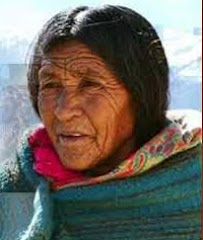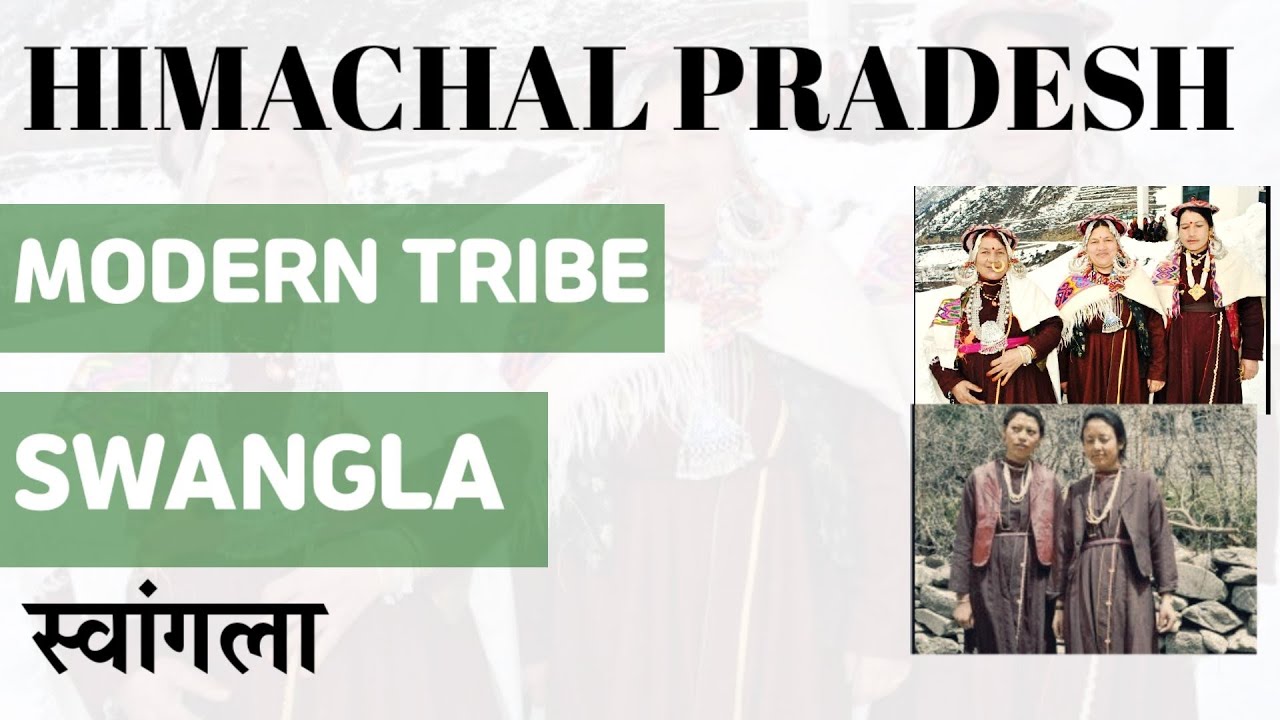Mythologies of the Swangla Tribe
The Swangla is a tribal community found in Lahaul and Spiti district of Himachal Pradesh, India. They are primarily settled in the pattan region of the Lahaul sub- division. As per Census of India, the population of Swangla Tribe stood at 9,630 (Males 4829 and females 4801). As of 2001, the Swangla were classified as a Scheduled Tribe under the Indian government's reservation program of positive discrimination.
The Swangla are a small Hindu tribal group of people who live in north India in the foothills of the Himalayas. Their main occupations are agriculture and animal husbandry. For much of their history they have been isolated in the high valleys and hills where they live. The main language of the Swangla is Tinani. This is an endangered language with only 12,000 known speakers. A New Testament became available in Tinani in 2017. Illiteracy is a big problem for this small community. The Swangla community lives in the state of Himachal Pradesh in north central India. The Swangla live in the harsh, cold and beautiful foothills of the Himalayas. They raise goats, sheep and yaks for their meat, milk and hides. In the short mountain summers they grow barley, potatoes, maize, and vegetables. The Swangla trade animals and their products for things that they cannot make for themselves such as cell phones, solar panels and tools. Avalanches are a constant concern for the Swangla. Mountains of snow coming down from the hills can bury people, animals and villages. Most Swangla live at the subsistence level. A bad harvest or a disease can bring starvation. Marriage to one spouse is the regular practice for the Swangla. Sons receive an equal inheritance from their father. Families arrange marriages with the consent of the young people. Only a basic, primary education is available for the Swangla children. They must often quit school early to help support their families.
The Swangla tribe, like many tribal communities, engages in traditional rituals that reflect their cultural identity and beliefs. These rituals often emphasize the interconnectedness of nature, spirits, and human beings, as seen in the practices of other tribes such as the Lepcha in Sikkim, who honor supernatural beings residing in natural features through offerings of blood and meat. Rituals surrounding childbirth are particularly significant, aimed at ensuring safe deliveries and the well-being of both mother and child. Similar to practices observed in other tribal groups, these rituals may include specific customs related to infant care, such as the timing of breastfeeding and dietary restrictions for mothers. While the specific rituals of the Swangla tribe are not detailed in the provided abstracts, the overarching themes of reverence for nature, community involvement, and the importance of traditional practices in health and well-being are evident across various tribal cultures. Thus, the Swangla tribe likely shares these commonalities, reflecting a rich tapestry of cultural heritage and social cohesion.














Comments
Post a Comment